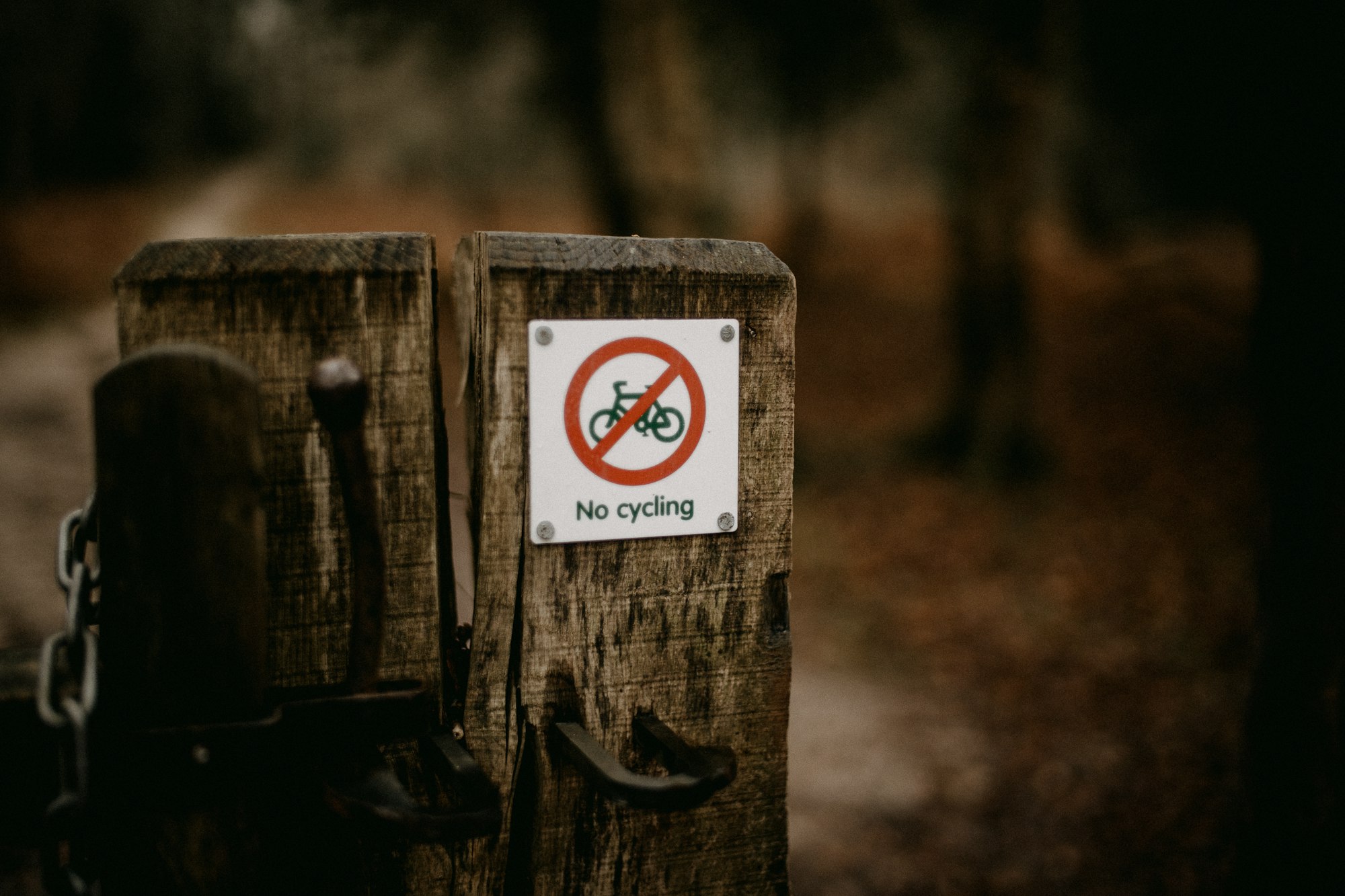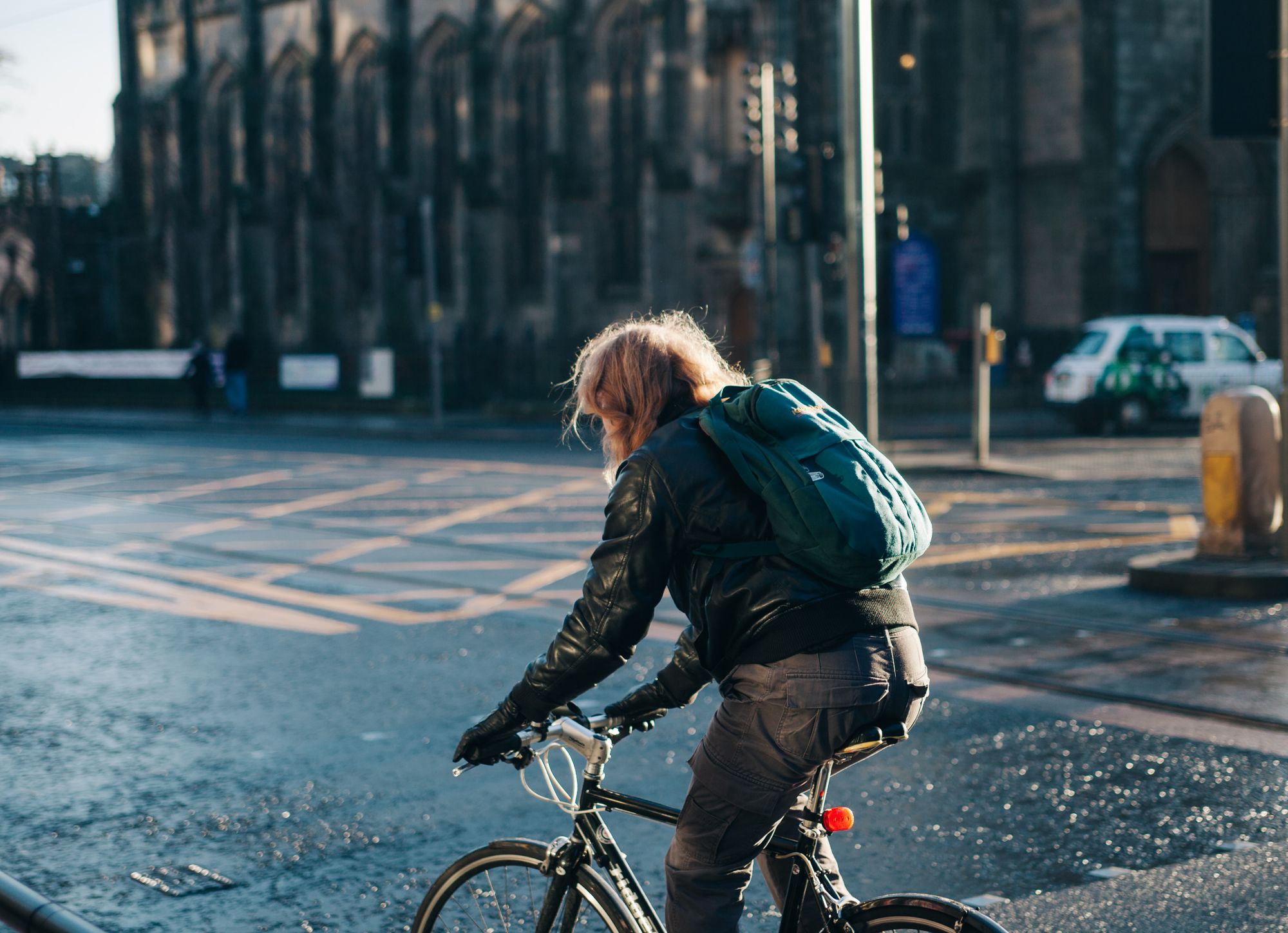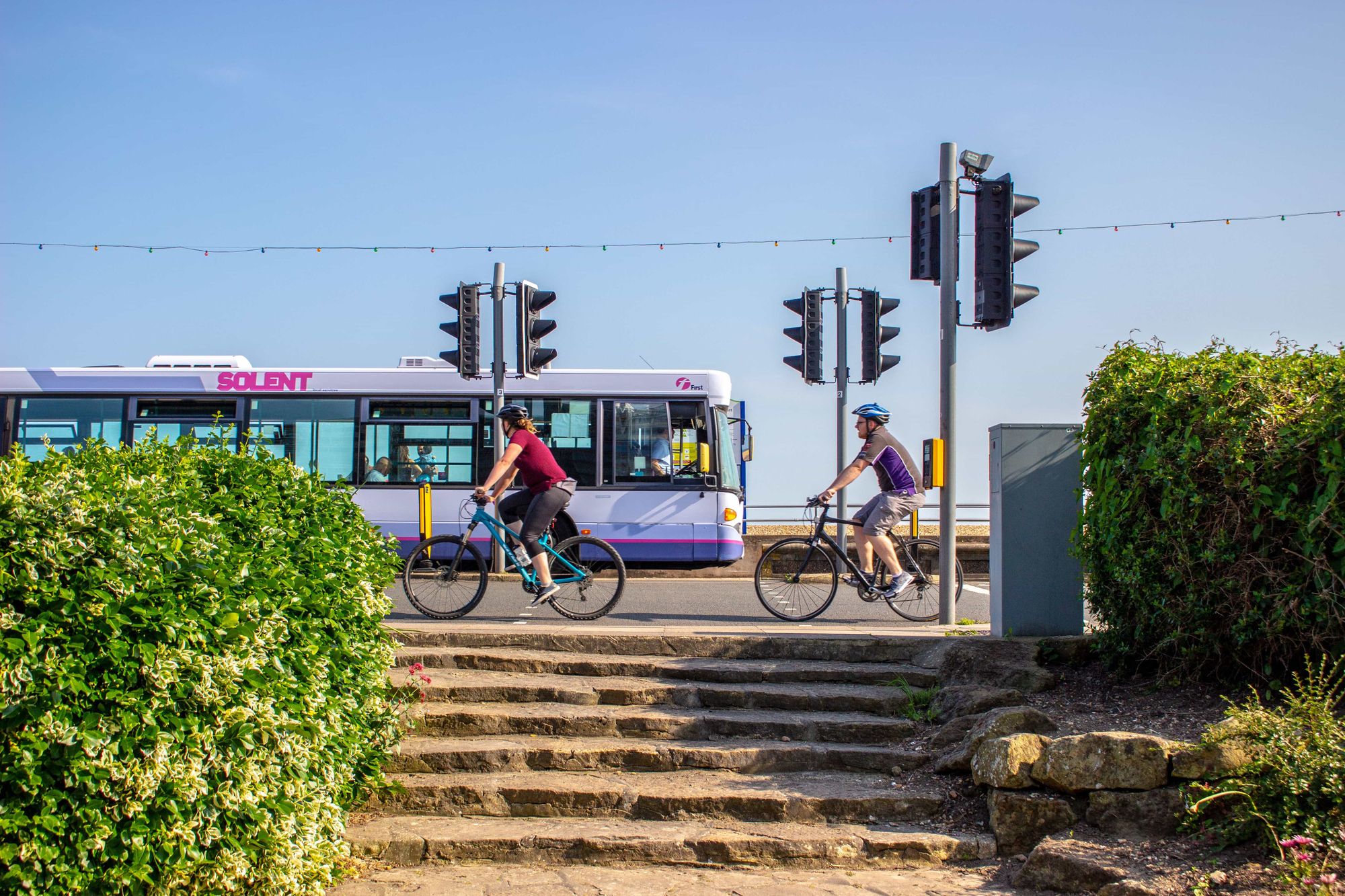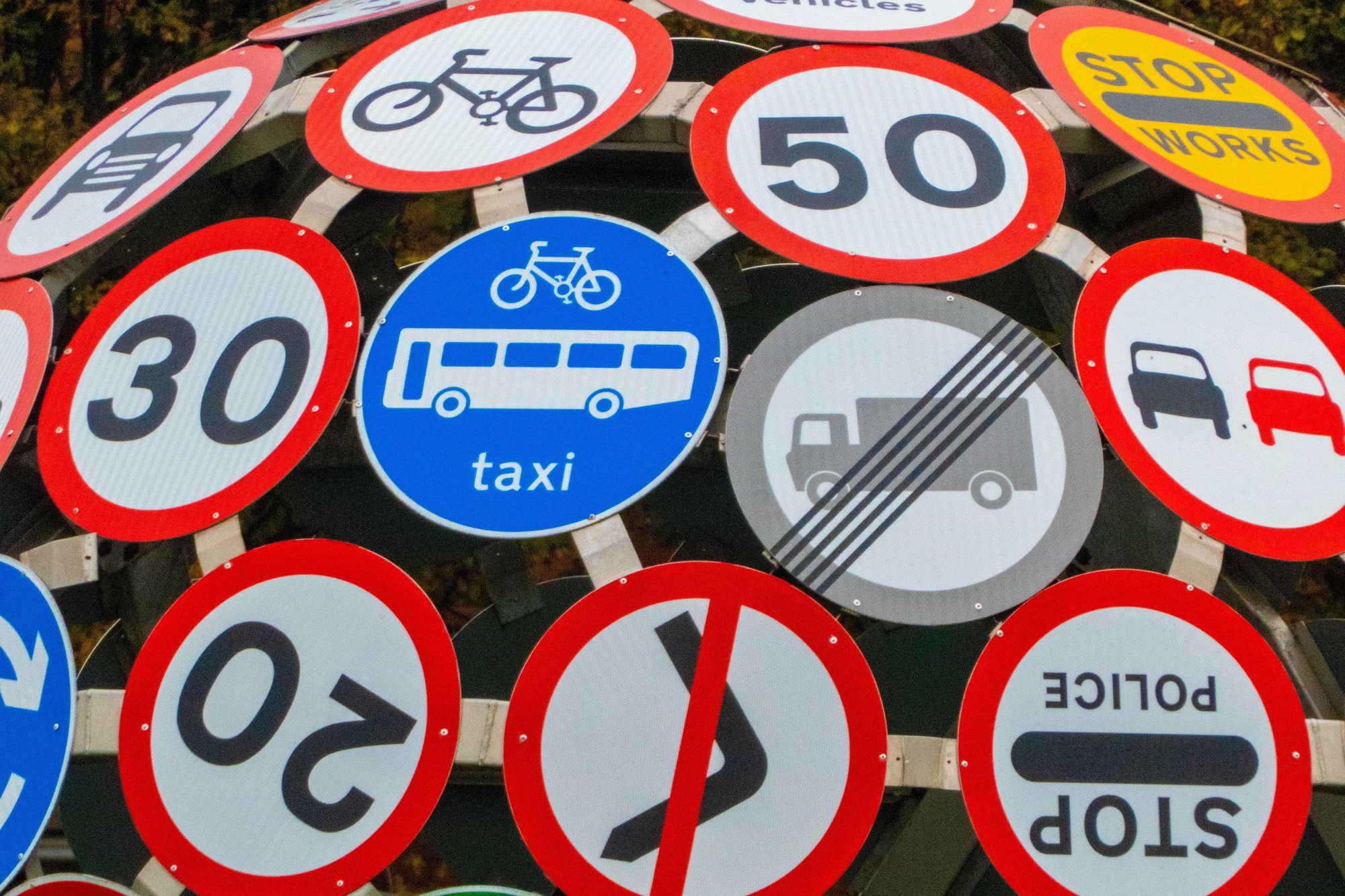OK, we made the last one up, but there’s a lot of confusion regarding bicycle laws in the UK. That’s why we’ve put together this, our ultimate guide to what’s legal, what’s not, and what’s an urban myth.
The Highway Code lists all the current rules for cycling in the UK. However, it’s not always clear what’s a legal requirement and what’s advisory. Recent highway code changes have made following cycling rules even more complicated.
So, to make your life easier, we’ve created this guide to help you understand what you can, can’t, should or shouldn’t do. We’ll keep it updated as new rules come in, so bookmark us so you can quickly check-in for the latest information.
Essential UK Cycling Laws - What Every Cyclist Must Know
Before we get into the rules, let’s examine the basic legal requirements all cyclists must adhere to when taking to the open road.
Mandatory Cycling Lights in the UK
It is a legal requirement to have a visible and approved white front light and rear red light when cycling between sunset and sunrise (there is no legal requirement during the daytime). Visible means it must not be obscured by your saddle bag – and no, you can’t get away with strapping a torch to your head instead. Flashing lights are OK, provided they flash between 60 and 240 times a minute, adhering to technical regulations for road legal lighting on pedal cycles.
UK Bike Reflectors Law
The legal requirements for reflectors are similar to lights. They only apply between sunset and sunrise, and you need a red rear reflector and four amber pedal reflectors at the front and rear of each pedal. These reflectors are vital for ensuring that all road users can see you, making your night rides safer.
UK Cycling Brake Regulations
To be legal, you must have two efficient braking systems that operate independently on your front and rear wheels. If you ride a fixie, the fixed wheel counts as a braking system, so provided it has a working front brake, it’s legal.
Electric Bike Regulations in the UK
E-bikes, or electrically assisted pedal cycles, follow all the same Road Traffic Act and Highway Code rules as regular pedal cycles. However there are some differences because of their electric motors.
If you have an e-bike, especially a 'twist-and-go' type that operates without pedalling and features a higher power output, it must be registered and insured like a moped to be used legally on public roads. We suggest you take a look at our guide on e-bike insurance laws, particularly for models that do not fit the typical e-bike regulations.
The 13 most important UK cycling rules for 2024
Right, that’s the legalities out the way, now for those rules. Most are common sense, but some may surprise you.
If you’re ready, let’s get started.
Can cyclists use bus lanes?
Cycling in bus lanes keeps you out of the flow of traffic, which, let’s face it, is a good thing. But is it allowed? You’ll be pleased to hear that many bus lanes allow cyclists to use them. This practice supports the concept of active travel by integrating cycle paths and cycle tracks into bus lanes, promoting safer and more efficient road use by all.
However, it’s good practice to double-check the road signs to make sure and check to see if there are any time restrictions.
Can you ride a bike on the pavement?
Cyclists don’t have the right to cycle on pavements in the UK, but it’s not a criminal offence. Mind you, in 1999, the Government introduced a fixed penalty, which means you could face a fine of up to £500.
Although not routinely enforced, a fixed penalty notice of £50 can still be issued for cycling on a pavement. It's best to check for any local by-laws or signs indicating shared use paths where cycling might be allowed.
Do you have to use cycle lanes?
Cycle lanes in towns and cities are great for keeping you out of traffic, but there’s no legal requirement to use them. If you do, and it’s one shared with pedestrians and segregated, you must keep to your side, giving pedestrians plenty of room.
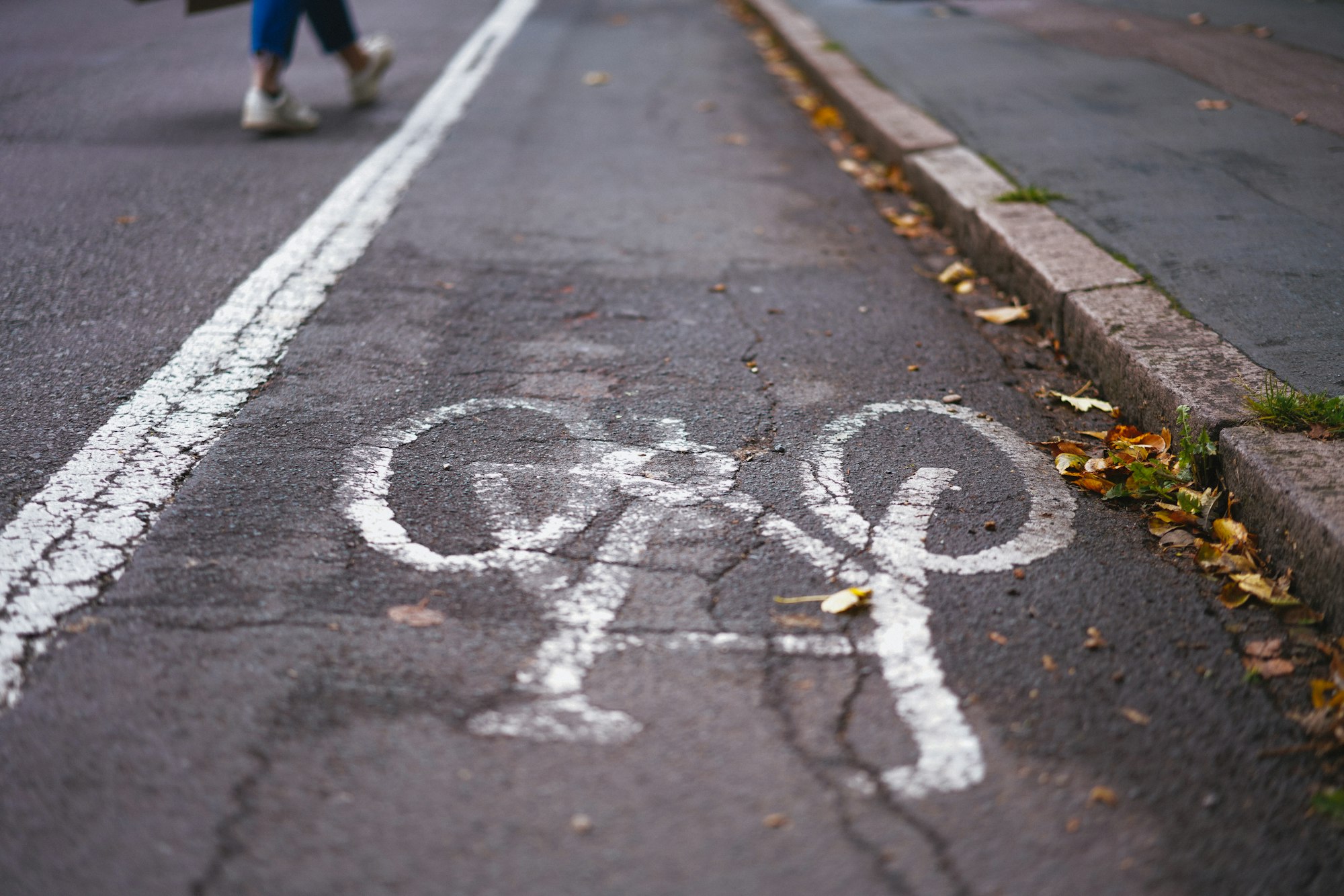
Can cyclists ride two abreast?
It is perfectly legal for cyclists to ride two abreast. Cycling is a very sociable sport, and it’s nice to chat with your bestie while pedalling. The Highway Code encourages cyclists to ride two abreast as it is often safer to do so. Especially if you're in a large group or are accompanying children.
It’s also courteous to ride single file if a line of cars has developed behind you to let them pass if it’s safe. You can regroup after the vehicles have gone past.
Is it illegal to cycle without a helmet?
You may be surprised to hear that wearing a cycle helmet is a matter of personal choice and not a legal requirement in the UK.
If you’re in two minds about wearing one, a Cochrane review stated that helmets provide a 63% to 88% reduction in the risk of head, brain, and severe brain injury for all ages of bicyclists. The figures speak for themselves.
Can cyclists ride in the middle of the lane?
Yes. Not only is it legal, but it also has a name - the Primary Position (oy ‘taking the lane’). It can be the safest place to be. Plus, it keeps you away from the curb, drains and roadside detritus that has puncture written all over it, and it’s where you’ll find it easier to see and be seen.
Can you drink and cycle?
Standard drink driving rules apply to "mechanically propelled vehicles" only, but that doesn’t mean you can have a skin full at your local and then wobble home on your bike. Drink cycling law means it's an offence to cycle “when unfit through drink and drugs,” attracting a whopping fine of £2,500.
The key factor is whether you are visibly impaired to the point of not having proper control of the bike. There's no breath test, but evidence of impairment can lead to significant penalties, so it’s wise to avoid cycling after consuming substances that could affect your ability.
Can cyclists be done for speeding?
There’s something about being on the open road that can cause some cyclists to think they’re in the Tour de France. To them, speed is everything, especially when chasing that elusive Strava KOM/QOM (King or Queen of the Mountains).
Although you can’t be done for speeding (because you’re not a motorised vehicle), you can be fined for:
- Wanton and furious cycling – if bodily harm is inflicted on someone due to your cycling, you could get a two-year prison sentence
- Cycling carelessly – this means without due care and attention and carries a £1000 maximum fine. If your carelessness is deemed dangerous, the maximum fine rises to £2500
Can you use your mobile phone while cycling?
Although it’s illegal to drive a car while using your phone because bikes don’t have engines, cyclists are exempt from this law. But texting, talking, and taking selfies while cycling is still dangerous and could land you with a "Not Paying Due Care and Attention" offence.
Can cyclists use A roads?
Yes, cyclists can use A roads so long as there’s no road sign with a picture of a bicycle in a red circle.
Are cyclists allowed on dual carriageways?
You’ll also be surprised that it’s legal for cyclists to be on dual carriageways. Mind you, why would you? It’s hardly going to be a pleasurable experience.
Do cyclists have to stop at red traffic lights?
Yes, traffic lights and their associated rules do apply to cyclists. It doesn’t matter if you’re on for a PB on a Strava segment or trying to maintain your average; it’s an offence to jump a red light and cycle through an amber light (fixed penalty fine of £50).
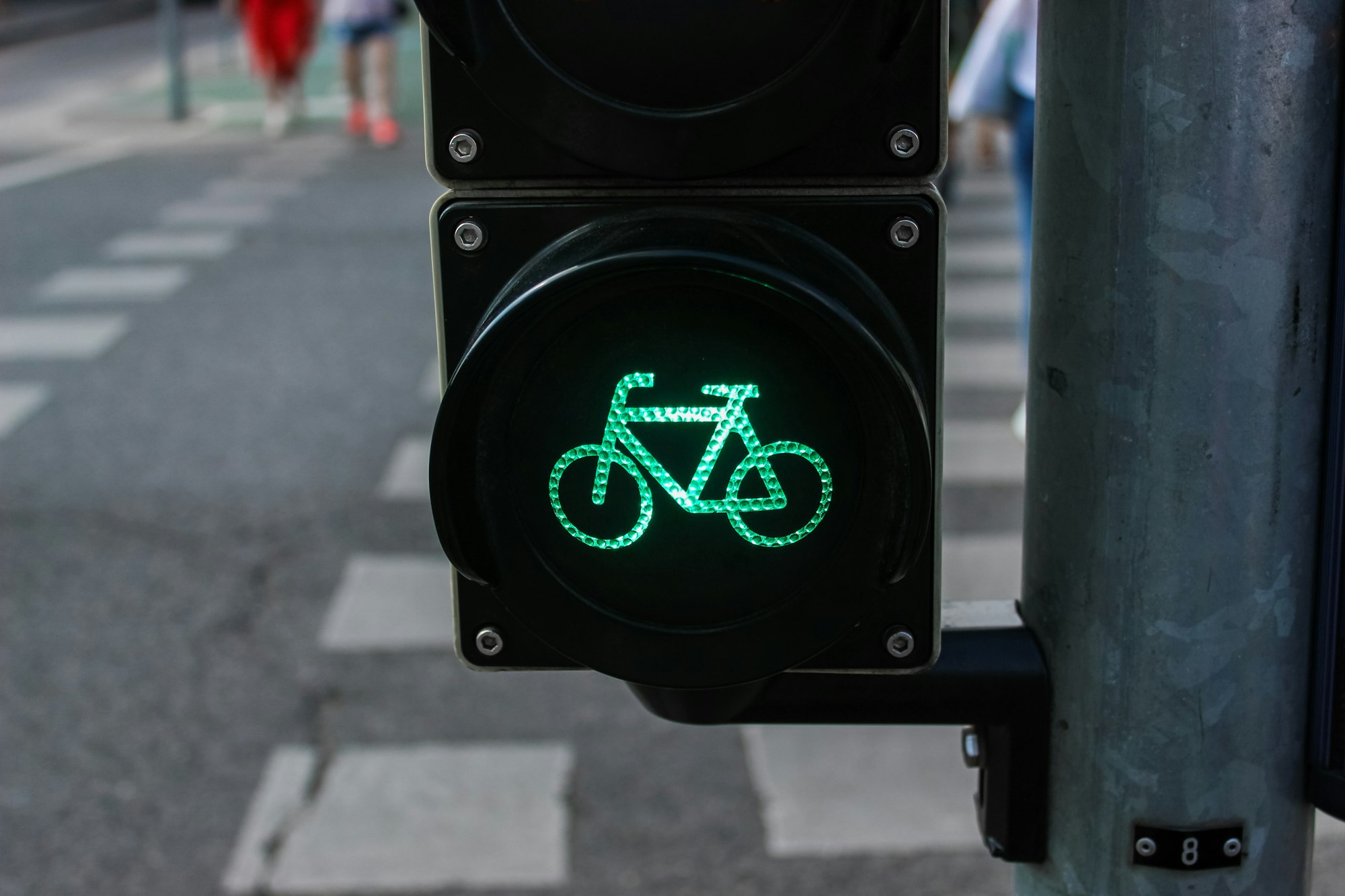
Do you need a licence to ride a bicycle in the UK?
No, you don’t. There used to be a cycling proficiency test (you may have done one at your Primary school), but that stopped back in 2007. Now there’s a new scheme called Bikeability, but anyone can ride a bike regardless of whether they’ve done the course or not.
And, in case you were wondering:
- NO, you can’t give your mate a ‘backie’ – bikes are for one person only, so unless it’s been built or adapted (legally) to carry more than one person, you can’t give backies
- NO, you can’t hold on to a car, van, lorry, motorbike, trailer or any other motorised vehicle, no matter how badly you want that KOM/QOM
- NO, there’s no legal requirement in the UK for a bell on your bike (but there is if you’re in Northern Ireland or the Isle of Man)
OK, but what about bike insurance?
We’re glad you asked.
You insure your house, its contents, your car, travel, gadgets, and gizmos, and even your life, so it makes sense to get bicycle insurance.
Although specialist bike insurance is not a legal requirement, it seems sensible considering how much your bike costs and all the kit and clothing that goes with it. Plus, we live in a world of litigation, so having third-party liability and legal cover makes sense.
All correct as of 11/06/24
THIS PAGE BOOKMARKED!
Now you know all about the UK’s cycling laws, rules, and regulations. As we said earlier, we’ll keep adding information to this page as things change, so bookmark it and pop back regularly to stay abreast of the latest news.
Laka’s got your back when it comes to specialist bike insurance. We’re here to keep you on the road no matter what life throws at you.

